The Essential Tools Required
Plastic kit building is a hobby that can provide substantial enjoyment with minimal investment in materials and supplies. Let’s begin by discussing the essential tools required. While there are additional specialized tools that can enhance specific tasks, we will address later.
The Hobby Knife
The fundamental tool for building plastic kits is the hobby knife.
This versatile tool is essential for various cutting and trimming tasks. Knives serve various purposes in model making, including cutting parts from the molding rack or sprue tree, trimming mold “flash,” smoothing seams, scraping paint from edges, cutting decals from transfer sheets, and assisting with other tasks.
When buying a hobby knife, it’s important to also purchase fresh blades. Some modelers opt to have two knives, one with a sharp blade for precision cutting and the other with a relatively dull blade for general cutting. This approach ensures a constant supply of sharp blades and prevents work interruptions for blade changes. Hobby knives like the Excel Hobby Blade and Tamiya lines are available at Sunward Hobbies.
Typically, a standard-size knife with a straight-edge, diagonal-cut blade (like an Excel No. 11) is appropriate for working with plastics.
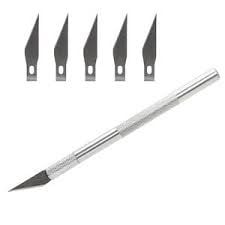
The Coping Saw
A small coping saw, resembling a jeweler’s saw, proves valuable for cutting larger parts from the sprue tree that have thick attaching points. While the saw is primarily used for cutting through plastic parts to adjust, such as positioning airplane wing flaps in a “down” position, advanced modelers utilize it for making conversions by using parts from multiple kits. Instead of a delicate jewelers’ saw that can cut in corners, many modelers prefer the convenience of a razor saw, especially when anticipating only straight cuts.
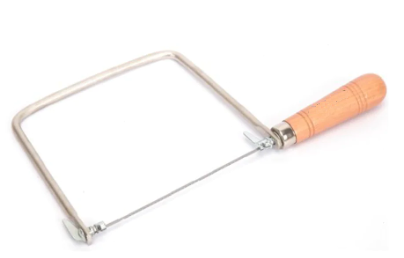
The Jewel Files
Jewelers’ files, also referred to as Swiss files, pattern files, and needle files, are essential tools in plastic modeling. They are available in various shapes.
The most used file is likely a flat file with two flat sides. If a flat file is unavailable, a half-round file (flat on one side, rounded on the other) can be used. Modelers use the round file (rattail file) to file and shape contoured areas as well as to clean or enlarge holes.
The triangular file is a versatile tool that can be used to varying extents based on individual modelers’ preferences. When purchasing, opt for a set with a “fine cut” and acquire a file card, a small wire brush essential for cleaning plastic residue from the file (a toothbrush can serve as an alternative in a pinch). Most hobby shops offer a selection of files, but you may need to visit a hardware store to find the file card.
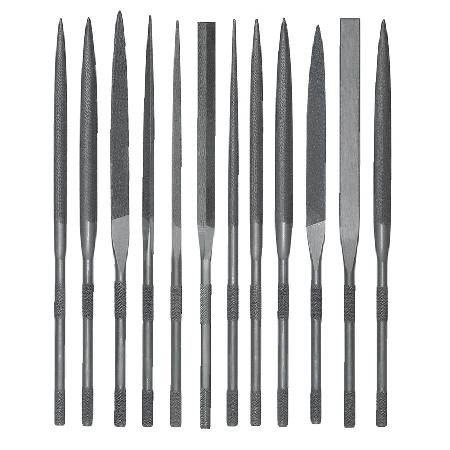
The Tweezers
Pince à épiler are utilized for grasping small components throughout painting, fitting, and assembly processes. It is not advisable to use manicuring tweezers, as they are often too tiny and possess jagged gripping surfaces that can potentially harm plastic parts.
Perhaps even more convenient to use are reverse-action forceps, which securely hold a part without requiring hand pressure (be mindful to avoid applying excessive pressure that could crush small or fragile parts). Excel Hobby, Tamiya, AK Interactive, Mr Hobby, and Vallejo produce tweezers and forceps for hobbyists. Surgical instruments of exceptional quality are available at medical supply stores; however, they tend to be quite expensive. As a result, they are likely to be more appealing to experienced hobbyists.
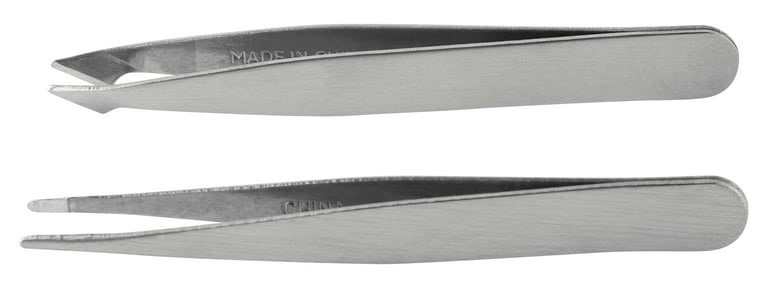
The Pin Vise
UN pin vise is a useful tool designed for manually drilling small holes, often used for making minor modifications like adding rigging or antennae to models. You can find pin vises at hobby shops or hardware stores, where they are readily available. If you’re just starting out, it’s recommended to purchase a small assortment of drills ranging from No. 50 to No. 80 for various drilling needs.
A handy drill size, #48 to #80, is available From Sunward Hobbies – 2024 Edition – Drill Size Chart
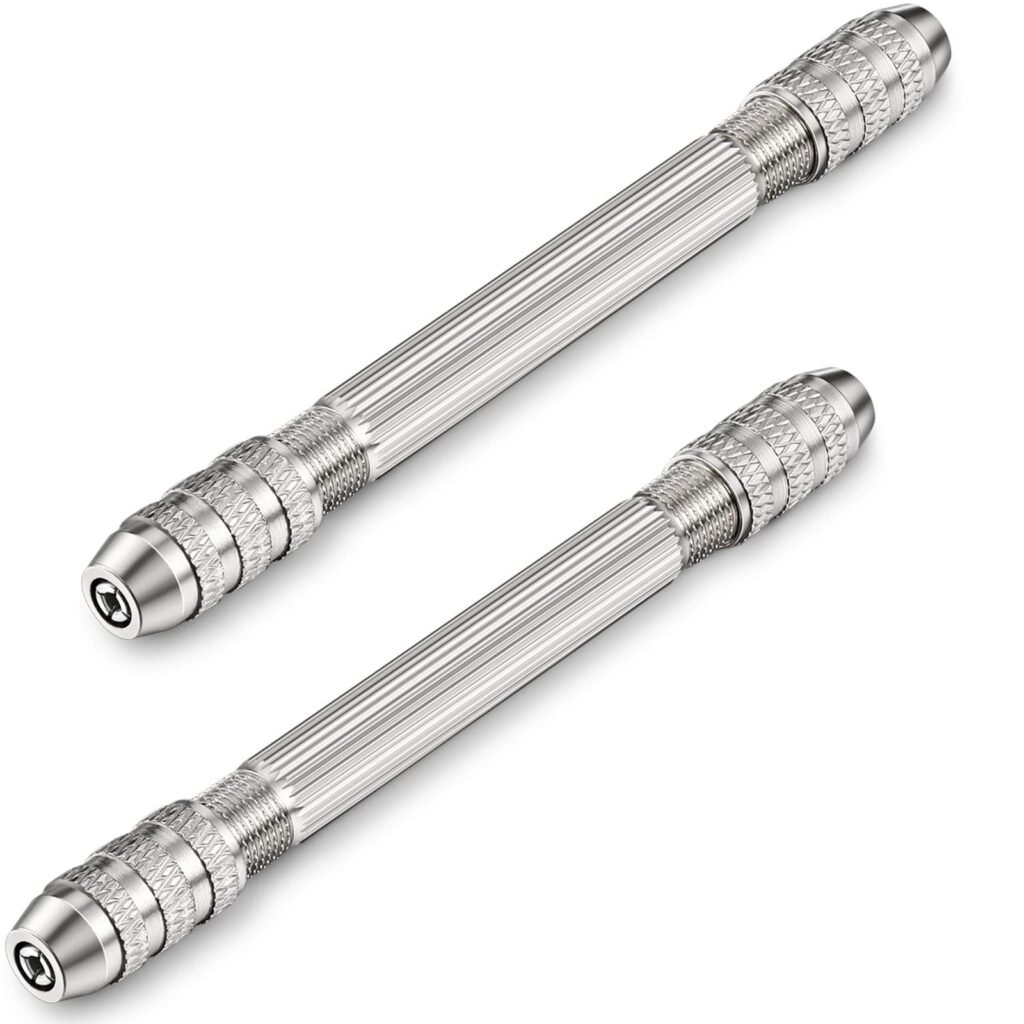
The Needle Nose Pliers
Needle nose pliers are versatile tools with a range of applications. One of their primary uses is for placing and bending wire with precision; also used to reach in for a better grip than tweezers.
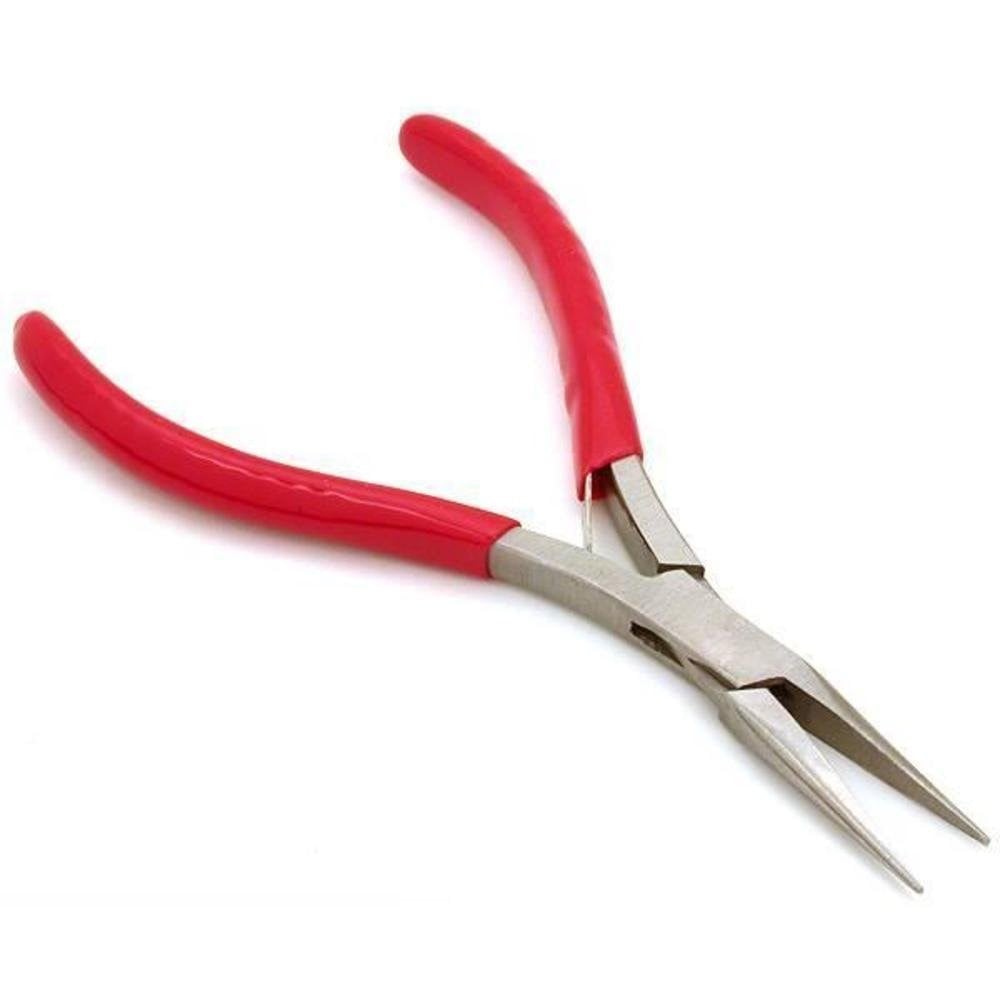
The Single Edge Razor Blade
Excel Hobby Single-edge razor blades #9 can perform specialized cutting tasks. It is important to note that they can be extremely dangerous, Warning, the exposed blade is extremely sharp, and handle it from the protected side for safety. You can dispose of the used item safely by cutting it into pieces or covering and bundling it sealed.
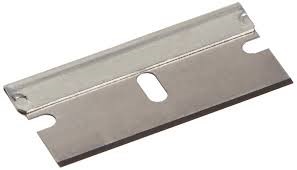
Masking Tape
Masking tape or “Painter’s tape,” is a must-have when adapted to modelling projects. As in the picture shown, it comes in many different sizes or lengths, giving plenty of choices to pick from. Masking tape is mainly used for that self-explanatory purpose to mask; mask the parts the modeler does not want to contaminate with glue, paints, and other liquids. It comes in various width sizes and colours to suit, and there are many manufacturers that make the tape in various strengths and availability for use.
Masking tape is also used to temporarily hold parts that have been removed from the sprue tree, so they don’t get lost on the worktable. Masking tape is also used to protect areas during puttying and sanding; to hold parts together while the cement is drying; and again, to mask certain parts of the model when painting. You can fold the tape so that the modeler can use it as a two-sided tape that is used to attach sandpaper to sanding blocks.
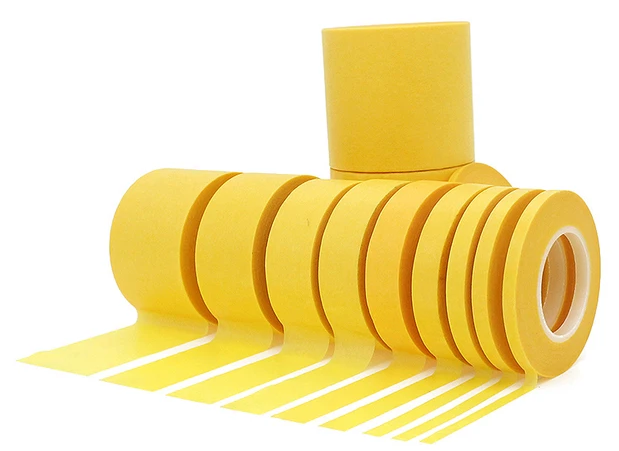
Emery Boards
Are all emery boards the same? Emery boards, such as Alpha Abrasives Files, come in various grits, or grades of coarseness, such that the lower the number, the coarser the grit. A 100-grit emery board, for example, is very coarse, and, as the name might suggest, will remove some serious flashing; meanwhile, a 180-grit board is very fine, better for smoothing and shaping those edges. Emery boards are general-purpose sanding boards. The stiffness will always give you a flat surface to work on, so they are good for use on small or large areas. Emery boards are usually found in drug stores or dime stores and at women’s cosmetics stores. Some hobbyists do not feel that emery boards are important tools as jeweler’s files to various grades of sandpaper strips, but they are such an inexpensive item, that you are not going to waste much money learning how to make them work for you; you can cut and shape them to suit your needs if you must.
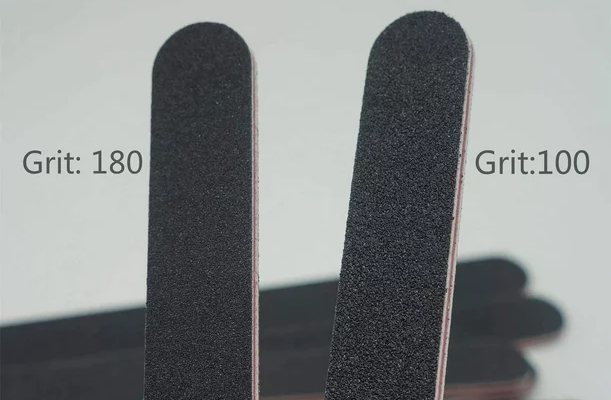
Thomas Ricci has been building model airplanes since the age of 12. When I reached the age of 14, he formed a club with the Royal Canadian Air Cadets Squadron in Toronto, and helped build plastic model airplanes for general displays.
Over the years, Thomas has continued to build aircraft and joined local modelling clubs within the Greater Toronto Area (GTA).
His skills are now focused on building Italian aircraft, and aircraft flown by Italian pilots and or engineered by Italian engineers. The main goal is to build the aircraft as historical accurate as possible with a story line.
A list of past and ongoing modelling participation by Thomas include:
-Peel Scale Modelers, Aerobuffs, IPMS Italy, IPMS Toronto
– Founder and President of the Club Frecce Tricolori of North America No117
– Participated in the MB339 aircraft model building and display representing the Frecce Tricolori PAN in Oderzo and Rivolto (UD) Italy (2012)
– Founder and Supporter of the Checkertails di Lesina, a monument dedicated to the U.S.A.A.F. 325th Fighter Group, Checkertails; Lesina (FG) Italy (2011 – present)
Next Post: Part 2
